
General Guide About Content and Writing
Managing a website has a lot of moving parts so...

General Guide About Content and Writing
Learning how to write a book the correct way makes...
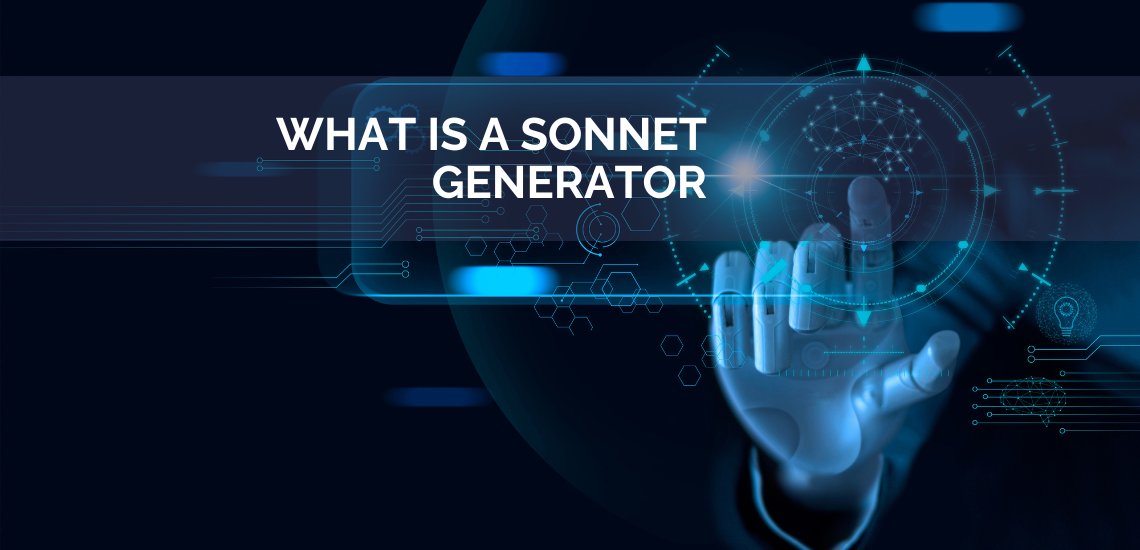
General Guide About Content and Writing
It was William Shakespeare who said: “Shall I compare thee...
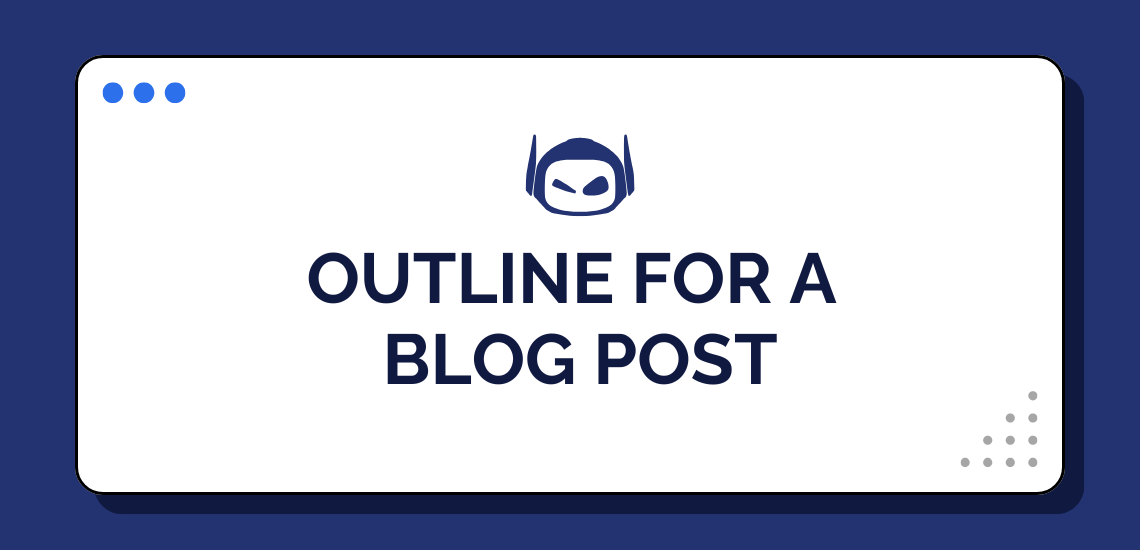
Writing blog posts is much easier when you have a...
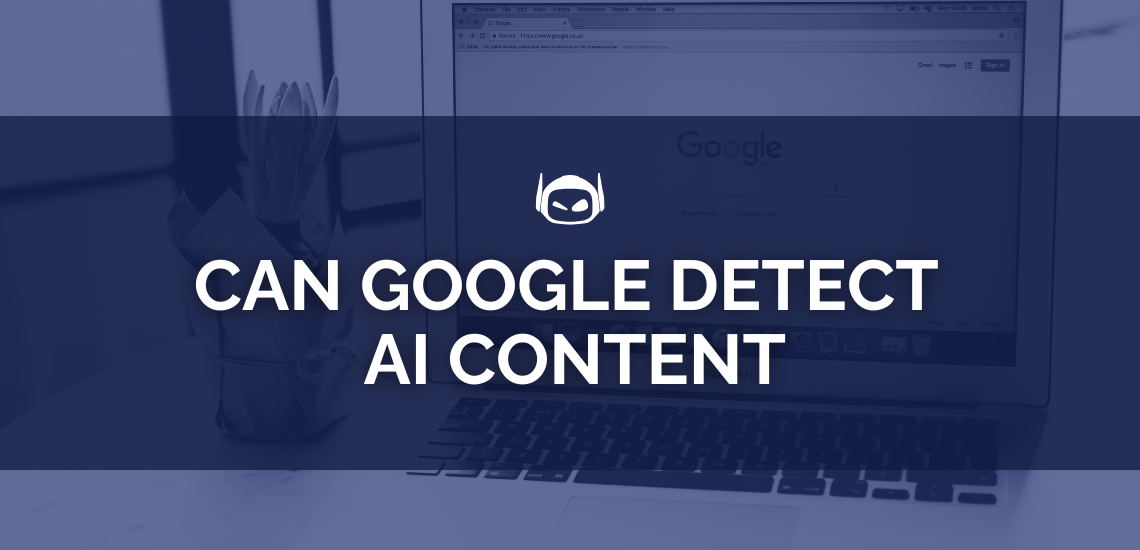
General Guide About Content and Writing
The rules regarding content creation are changing so frequently now...

Do you need to complete a professional resume and increase...
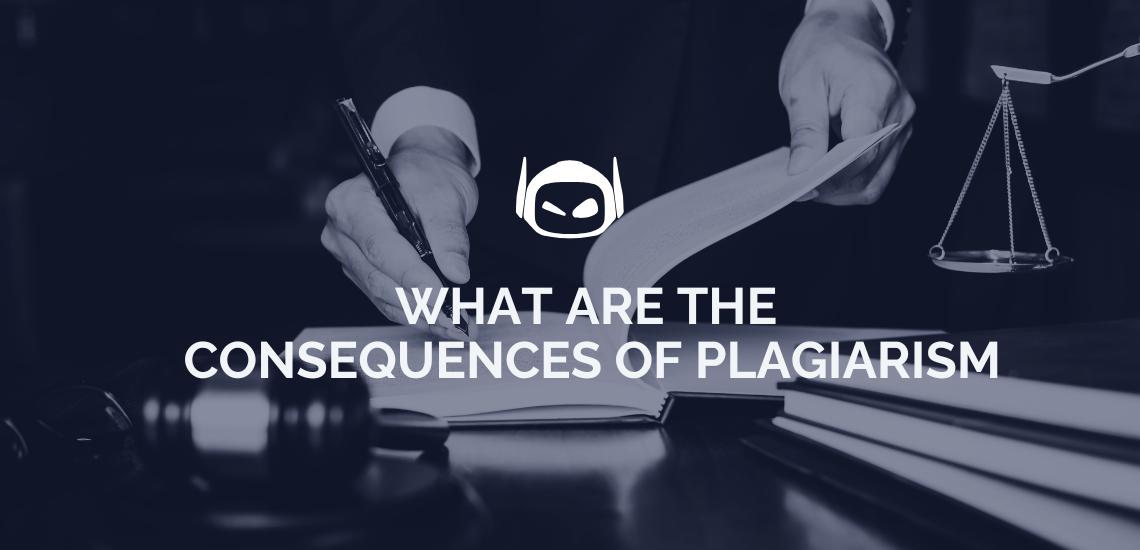
Plagiarism allegations often arise when someone accuses a second party...
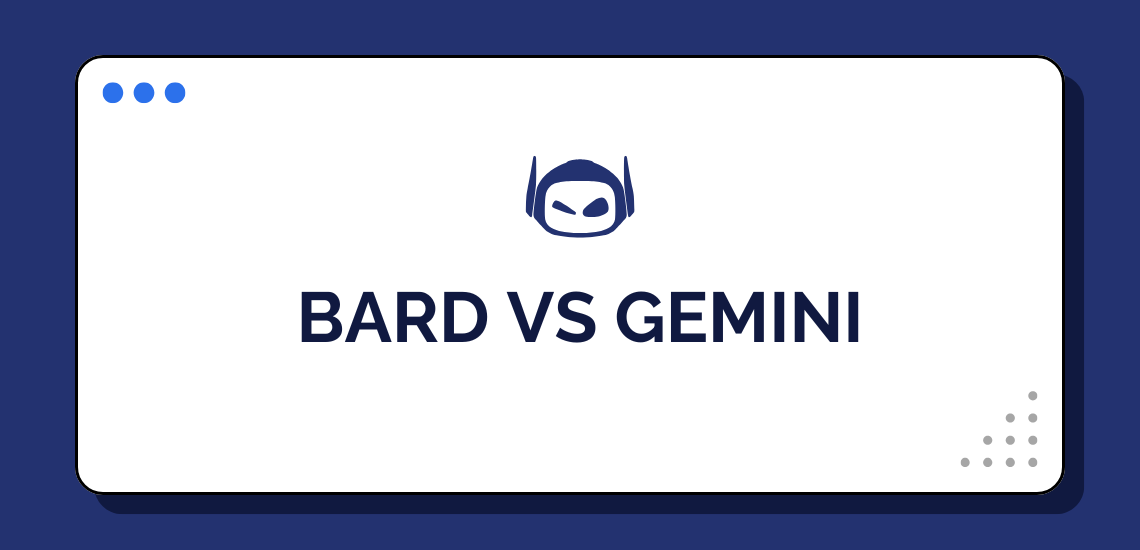
Considering investing in an AI chatbot for work? Then it’s...
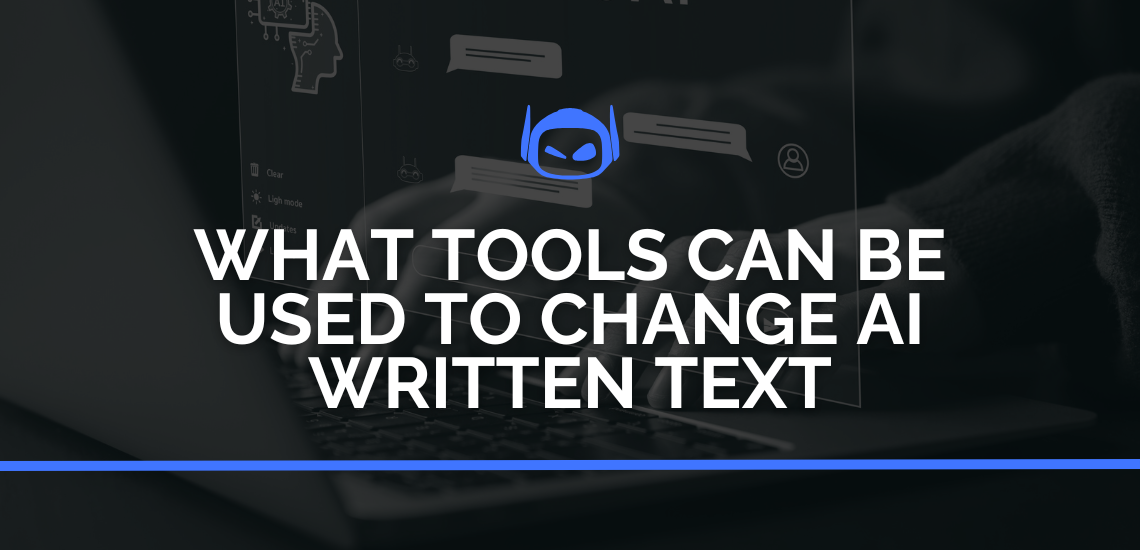
General Guide About Content and Writing
In some instances, your AI content generation tools may not...
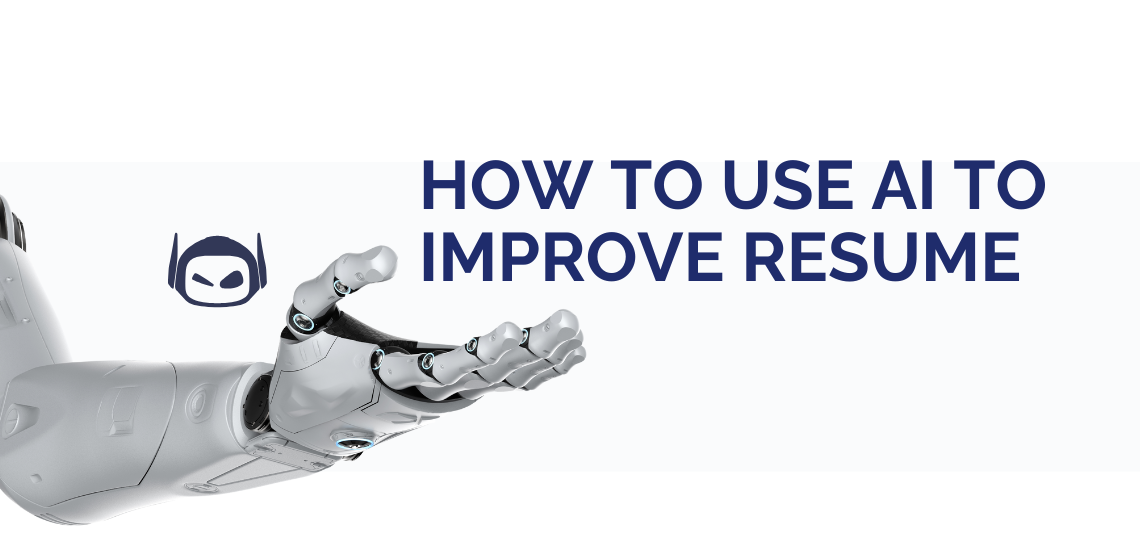
Job hunting and beginning the search for a new career...